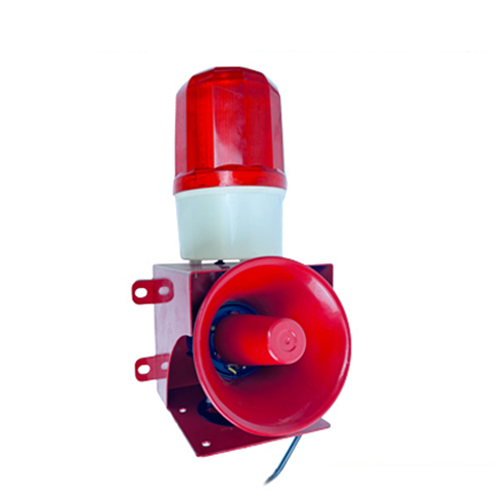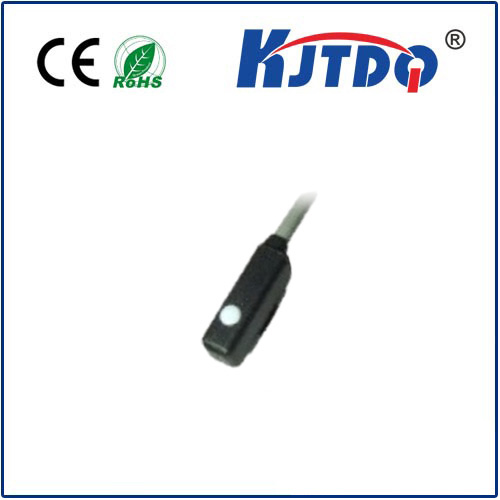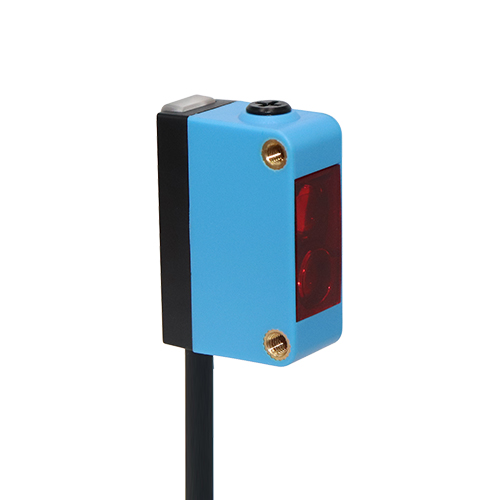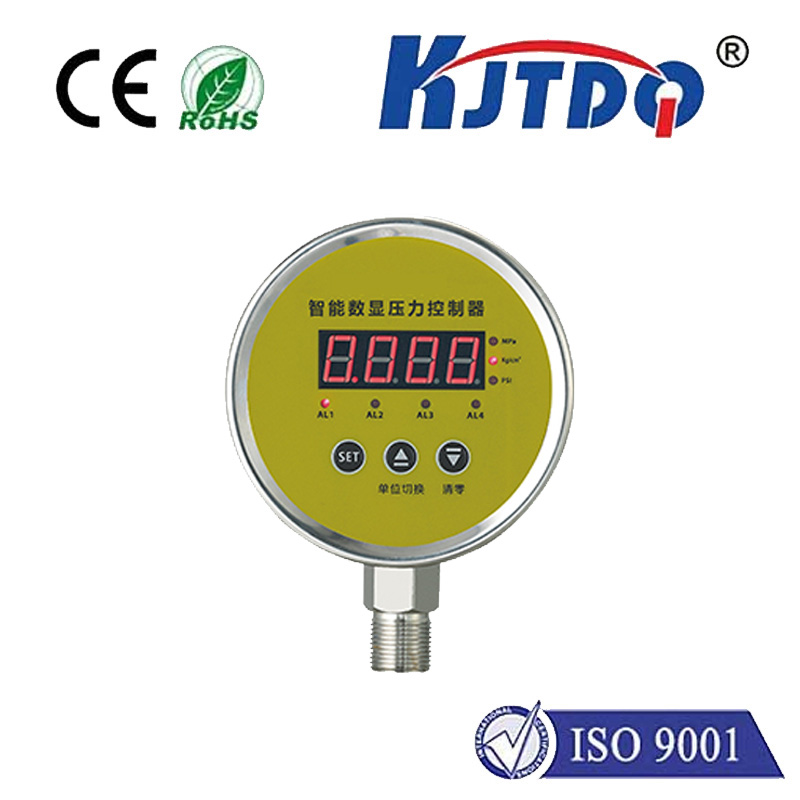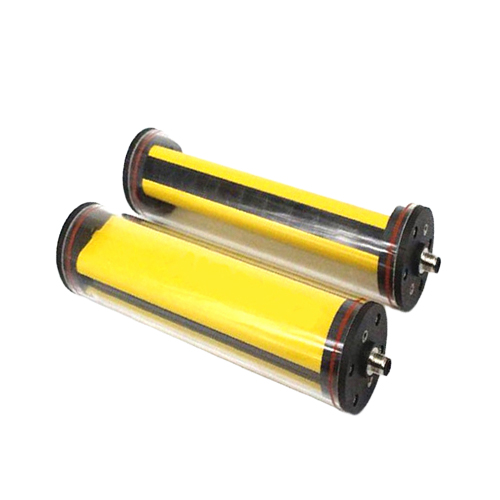long range inductive proximity sensor
- time:2025-09-09 01:45:47
- Click:0
Long Range Inductive Proximity Sensors: Breaking the Distance Barrier
Imagine a robotic arm precisely maneuvering near a vat of molten metal, or a conveyor belt transporting massive lumber pieces at high speed. Standard sensors falter here, unable to detect objects reliably from a safe distance without risking damage from heat, impact, or harsh environmental conditions. This is precisely where the unique capabilities of long range inductive proximity sensors become indispensable. These specialized devices overcome the inherent limitations of conventional inductive sensors, offering extended detection distances that unlock new possibilities in demanding industrial automation. Understanding their technology, applications, and advantages is crucial for optimizing processes requiring robust, non-contact sensing at greater standoffs.
The Core Challenge: Why Standard Sensors Have Limits
Traditional inductive proximity sensors operate brilliantly for close-range metal detection. Their working principle relies on generating an oscillating electromagnetic field from a coil within the sensor head. When a conductive metal target enters this field, eddy currents are induced on the target’s surface. These eddy currents draw energy from the sensor’s oscillator circuit. The sensor detects this energy loss, triggering its switching output. However, this electromagnetic field naturally weakens rapidly with distance – a phenomenon known as field attenuation. For standard inductive sensors, this translates to a maximum practical detection range typically limited to a few millimeters, perhaps up to 10-25mm for larger models. Factors like target size, shape, and material (steel vs. aluminum) further influence this effective range.
The Solution: Engineering for Enhanced Reach
Long range inductive proximity sensors are purposefully engineered to defy these limitations. They achieve significantly greater detection distances, often ranging from 30mm up to 80mm or even more, depending on the specific model and target. This isn’t magic; it’s intelligent design focused on maximizing sensitivity and field reach:

- Optimized Coil Design: The heart of the sensor is its coil. Long-range variants often feature larger coil diameters and sophisticated winding patterns. This larger coil structure inherently generates a broader, stronger electromagnetic field capable of projecting further into the sensing zone before attenuation renders it ineffective.
- Advanced Electronics: Superior circuitry plays a vital role. These sensors incorporate high-sensitivity amplifiers capable of detecting the minute energy shifts caused by smaller eddy currents induced at greater distances. Enhanced filtering techniques also help distinguish the target signal from background electrical noise, crucial for reliable long-range operation in electrically noisy factories.
- High-Frequency Operation (Often): While not universal, some long-range sensors operate at higher frequencies. Higher frequencies can sometimes penetrate certain materials slightly differently or allow for more precise field shaping, contributing to extended range capabilities for specific applications, though often with trade-offs in energy consumption or target material dependence.
- Physical Housing: To accommodate the larger coils and potentially more complex electronics, the sensor housing itself is often larger than standard models. This robust construction also typically reinforces the IP ratings (Ingress Protection), ensuring reliability in harsh environments like washdown areas or dusty mining operations.
Key Benefits: Why Choose Long-Range?
The ability to detect metal objects from several centimeters away offers distinct advantages:
- Enhanced Equipment Protection: Maintain a safe buffer zone between the sensor and potential impact hazards (large metal parts, machinery arms, vehicles). Reducing collisions significantly lowers maintenance costs and downtime.
- Simplified Installation and Adjustment: Greater standoff distances offer more flexibility in mounting the sensor. Alignment becomes less critical, and fine-tuning during setup or maintenance is easier, saving valuable time.
- Reliability in Harsh Environments: By positioning the sensor further away from intense heat sources, corrosive chemicals, high-pressure spray, or excessive vibration, its lifespan and reliability are dramatically improved. The robust housing further ensures performance.
- Detection of Irregular or Large Targets: Effectively sense large machinery parts, pallets, vehicles, or irregularly shaped metal objects where consistent close proximity isn’t possible or practical.
- Predictive Maintenance: Monitor the position or presence of components (like large bearings or gears) from a safe distance, enabling maintenance before failures occur.
Typical Applications: Where Distance Matters Most
Long range inductive proximity sensors excel in scenarios demanding detection beyond the reach of standard models:
- Material Handling & Logistics: Detecting large metal containers, pallets, or AGVs (Automated Guided Vehicles) on conveyors or in warehouses from a safe standoff.
- Heavy Machinery & Metal Fabrication: Monitoring the position of crane hooks, large press tools, robotic arms handling bulky metal workpieces, or the presence of massive metal rolls.
- Mining & Construction Equipment: Sensing bucket position, track movement, or large component status on excavators, bulldozers, and haul trucks in extremely rugged conditions.
- Automotive Manufacturing: Detecting vehicle chassis or large assemblies on moving production lines at greater distances to avoid sensor damage.
- Recycling Facilities: Identifying large scrap metal pieces on fast-moving conveyor belts before processing.
- Forestry & Sawmills: Monitoring logs, large timber pieces, or heavy machinery components.
- Wind Turbines: Monitoring blade position or gearbox components from protected locations.
Selecting the Right Long-Range Sensor: Key Considerations
Choosing the optimal sensor requires careful evaluation:
- Required Sensing Distance (Sn): This is paramount. Check the sensor’s specifications for its rated operating distance for a standard target (usually mild steel). Remember that the effective range for other materials like stainless steel will be less, and significantly less for aluminum or copper (sometimes as low as 30-60% of the Sn for steel). Factor in real-world tolerances.
- Target Material and Size: Specify the metal type(s) you need to detect. Ensure the target is large enough relative to the sensor’s face to be reliably detected at the desired range. Small targets require proportionally closer proximity.
- Environmental Conditions: Consider temperature extremes, potential for chemical exposure, water/humidity (IP rating required?), dust levels, and vibration/shock. Long-range sensors often boast high IP67, IP68, or IP69K ratings.
- Output Configuration: NPN, PNP, NO, NC? Select the type compatible with your control system.
- Mounting Constraints: Ensure the sensor’s physical size and mounting style (flush, non-flush) fit your application. Non-flush mounting often provides slightly longer ranges but requires more surrounding space.
- Response Frequency: How fast does the object move? Ensure the sensor’s switching speed is adequate.
Comparison: Standard vs. Long Range Inductive Sensors
| Feature |
Standard Inductive Sensor |
Long Range Inductive Sensor |
| Detection Range |
Typically 1-25mm |
Typically 30mm - 80mm+ |
| Primary Focus |
Precision close-range detection |
Reliable detection at safer standoff |
| Housing Size |
Generally smaller |
Often larger (to accommodate larger coil) |
| Cost |
Usually lower cost |
Higher investment |
| Ideal Use Case |
Tight spaces, small targets |
Large targets, hazardous environments, impact risk |
| IP Rating Potential |
Good (e.g., IP67) |
Often Excellent (e.g., IP68, IP69K) |
The Inductive Advantage Remains
Despite the extended range, the fundamental benefits of inductive sensing remain core strengths.








